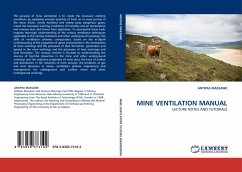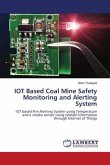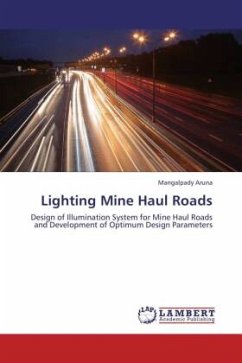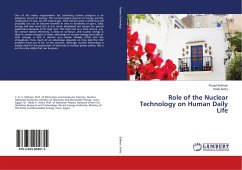The purpose of mine ventilation is to create the necessary working conditions by supplying enough quantity of fresh air to every person in the mine; dilute, render harmless and sweep away dangerous gases; create the necessary working conditions of humidity and air temperature and remove dust and fumes from explosives. To accomplish these tasks requires thorough understanding of the various ventilation techniques applicable in the mining industries and other underground workings; the skills of ventilation schemes computation, based on the in-depth understanding of the properties of gases encountered in the atmosphere of mine workings and the processes of their formation, generation and spread in the mine workings and the processes of heat exchange and dust formation. The manual content is focused on understanding the sources of harmful impurities in the mine and other underground workings and the explosive properties of mine dust; the laws of airflow and distribution in the networks of mine airways, the problems of gas and dust dynamics in mines, ventilation systems engineering and management for underground and surface mines and other underground workings.
Bitte wählen Sie Ihr Anliegen aus.
Rechnungen
Retourenschein anfordern
Bestellstatus
Storno








